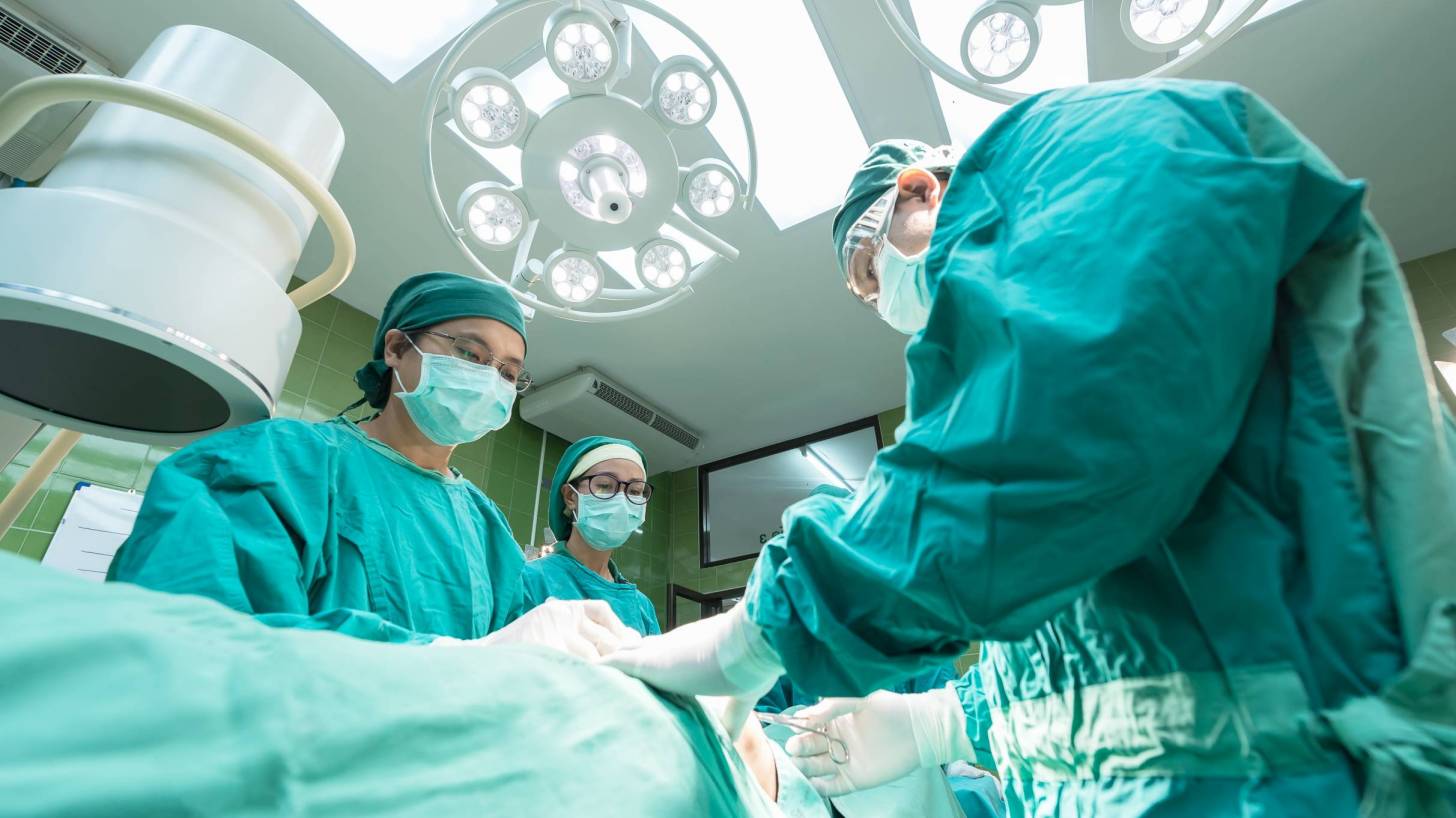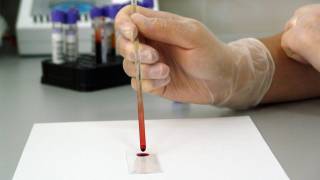S. Aureus Vaccine Candidate Found 80% Effective in Protecting Mice

An experimental vaccine candidate was found to be more than 80 percent effective in protecting mice from succumbing to Staphylococcus aureus infection.
S. aureus causes more than 30,000 fatalities annually from hospital-acquired infections in the USA, costing the healthcare system $10 billion dollars.
The research published on November 11, 2019, is good news since S. aureus is associated with a wide range of acute and chronic diseases such as bacteremia, sepsis, skin and soft tissue infections, pneumonia, endocarditis, and osteomyelitis (bone infection).
Moreover, S. aureus has a high rate of mortality, estimated at 20-30 percent in bacteremia (blood infection) patients.
In this new study, the investigators tested the vaccine in mouse and rabbit models of S. aureus infection. More than 80 percent of immunized mice survived, and about 66 percent of them cleared the infection, versus less than 10 percent of controls.
On the 21st day post-infection, the surviving animals--both those immunized, and controls--showed no signs of ill health, such as ruffled fur, or other abnormalities of appearance, and all had regained the pre-infection weight.
The full study results are available here.
Effective vaccination "would have enormous therapeutic utility in patients undergoing surgery, especially orthopedic and cardiovascular procedures where medical structures or devices are implanted, and in cases of traumatic injury," said Janette M. Harro, Ph.D., Research Assistant Professor, University of Maryland, in a related press release.
The diversity of disease caused by S. aureus results from differential expression of more than 70 virulence factors. Virulence factors initiate colonization and growth, mediate damage to the host, and hinder the immune response.
The vaccine the investigators developed recognizes five different S. aureus proteins. Four of these proteins are specific to S. aureus biofilms, and one is specific to S. aureus in the planktonic state.
Biofilm formation is a powerful virulence factor. S. aureus is difficult to eradicate largely because it so readily forms biofilms.
Biofilms are communities of bacteria that adhere powerfully to surfaces. They are notably resistant to host immune response, and to antibiotics, because they are hard to penetrate, and because microbes in biofilms have a low metabolism, which further reduces the potential to gain entry into bacterial cells.
Biofilms frequently form on medical implants such as artificial knees, hips, and cardiac devices.
They can form anywhere there's a surface, moisture, and a nutrient source.
"We identified vaccine candidates by screening S. aureus proteins with antibodies elicited during chronic S. aureus infections in animal models," said Dr. Harro.
Surgical site infections represent 20 percent of hospital-acquired infections, and S. aureus is the major causative agent.
"This method permitted us to select protein targets for vaccination that were both expressed during infection and were capable of being recognized by the immune response."
This study was published by the American Society for Microbiology, the largest single life science society, composed of more than 30,000 scientists and health professionals. ASM's mission is to promote and advance the microbial sciences.
S. aureus vaccine news published by Precision Vaccinations
Our Trust Standards: Medical Advisory Committee




